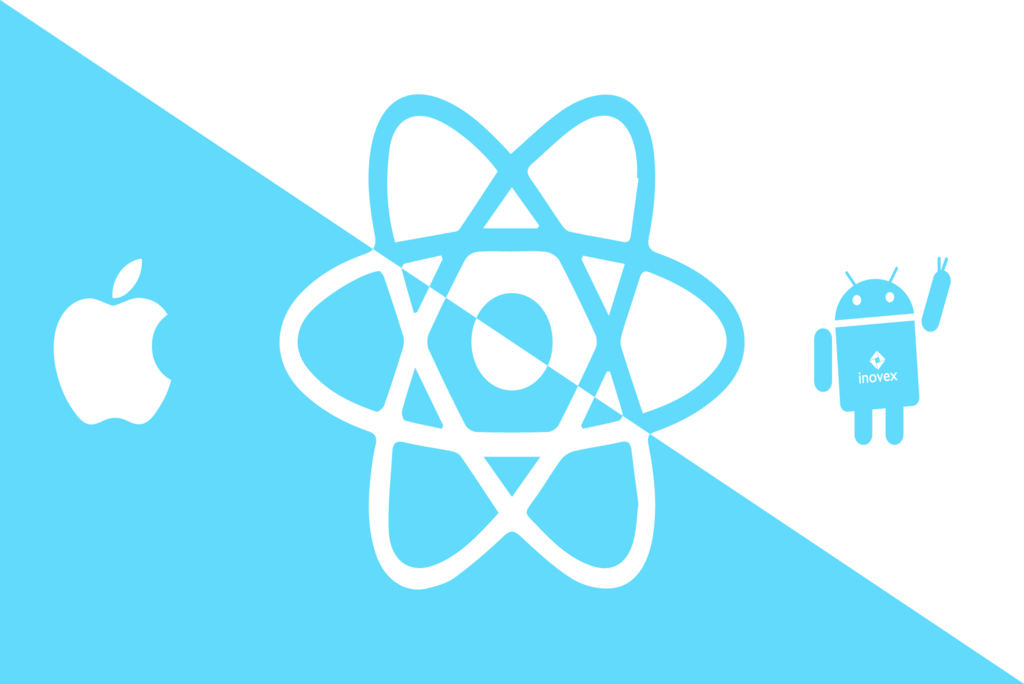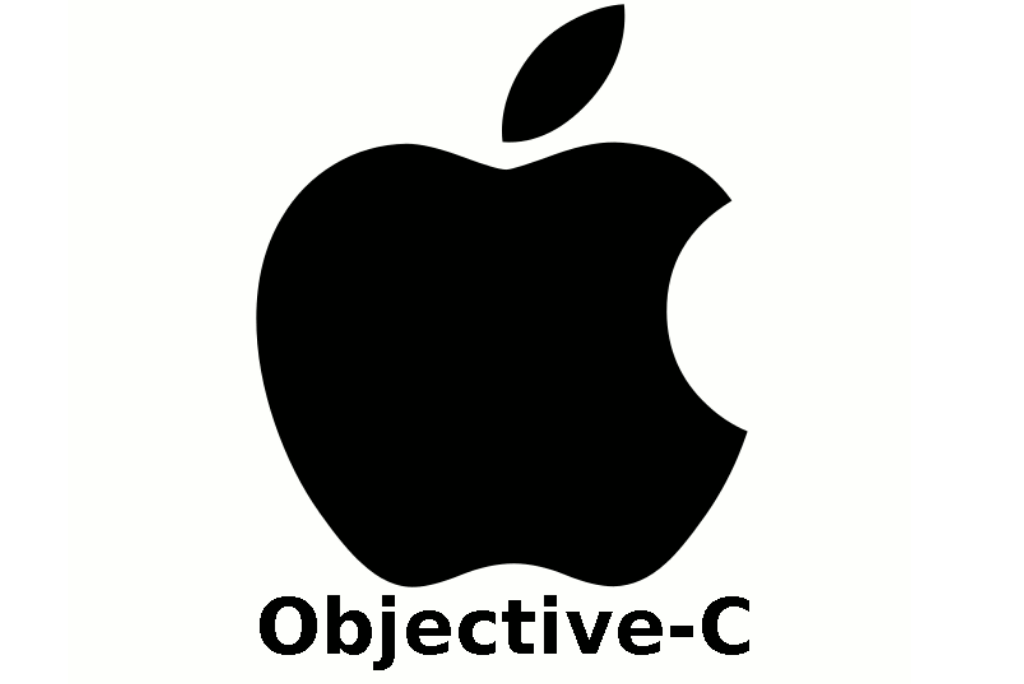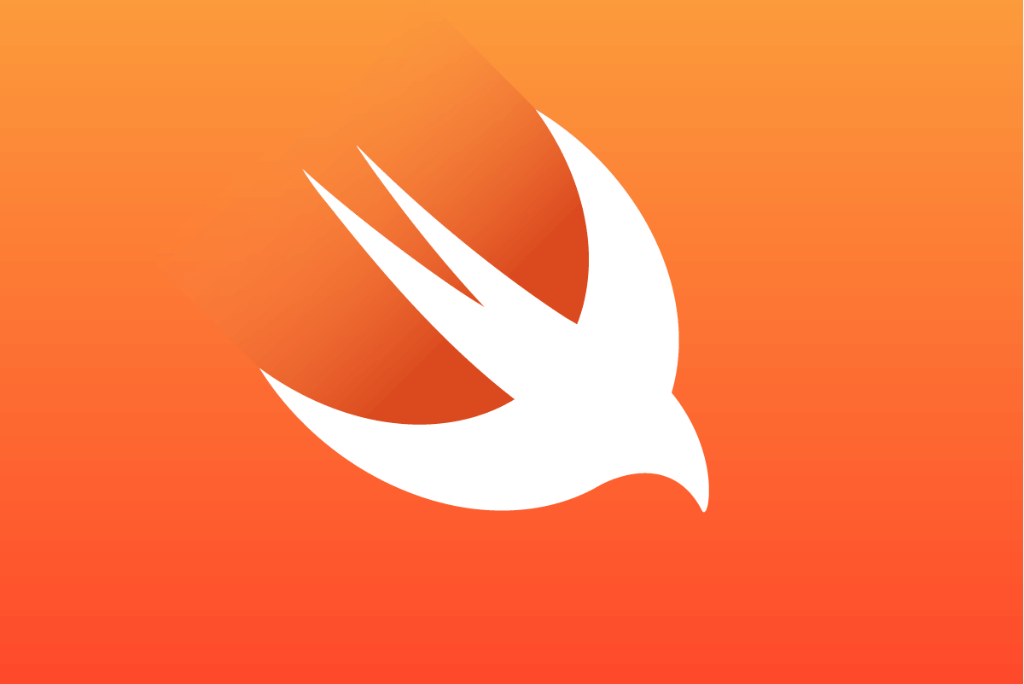Choosing the right tools for development is a complex task of great importance for your success. Sometimes this can lead to difficulties or problems. Each language and framework has its pros and cons. If you want to know more details, you can read our blog post about mobile development technologies.
Not all languages work well together and can complement each other, which can lead to problems. These are just some of the things to look for when selecting yours.
In this blog post, you will learn the most crucial things about React Native, Objective-C, and Swift. These are three of the most common technologies for creating mobile apps. They all have their strengths and weaknesses, and we will now look at them and compare them in detail.

React Native
React Native is an open-source mobile application framework created by Facebook, Inc. Used to develop for Android, Android TV, iOS, macOS, tvOS, Web, Windows, and UWP. ReactJS is the most popular JavaScript library for building modern single-page applications.
The advantages of React Native are like all other technologies for creating cross-platform applications – the applications have a single code base and run on multiple operating systems. It means that only one application needs to be created for all operating systems.
The benefits, however, do not stop there. React continues to gain more and more popularity, which means that it does not stop evolving. It is a huge plus for developers. React imposes the latest JavaScript standards (ES6 +), which makes building an application more enjoyable. Facebook is constantly contributing to the development of React Native.
It includes a wide selection of components for Android and iOS that enable developers to create mobile apps with a natural and native appearance and feel. Consumers appreciate this.

Objective-C
Objective-C is a general-purpose, object-oriented programming language that was the prime programming language supported by Apple for macOS, iOS, and their respective application programming interfaces. It is much older than Swift. It was developed in the early 1980s. Many developers are already avoiding this language and prefer Swift because Objective-C is more complex. Although the language is older and more complex, most applications still have a codebase written primarily in Objective C.
The programmers describe the language as a cross between C and Smalltalk, from which it derives its object-oriented capabilities. Although Objective-C is one of the earliest programming languages, it is still helpful and in use. It is still needed when running before iOS 7+, Mac OS 10.9+, and all versions of tvOS and watchOS. The Objective-C categories offer the ability to add functionality to an object without changing it. Programmers can define new methods and add them to classes for which the source code is not available. Instead of calling methods, Objective-C uses messaging.

Swift
Swift is a multifunctional programming language developed by Apple Inc for developing applications for iOS and Mac. It is a relatively new language – first released in 2014. Swift works with Apple’s Cocoa and Cocoa Touch frameworks. An essential aspect of Swift’s design was the ability to interoperate with the massive body of existing Objective-C code developed for Apple products over the previous decades. It helps developers create safer and more reliable code by eliminating and avoiding entire categories of common errors. It reduces development time and costs. Swift can be used in combination with code written in Objective-C.
The Swift programming interface is interactive and clear because it uses expressive and concise syntax. Swift is constantly adding features that help developers create modern applications. Swift codes are well-known for their security and their speed.

Detailed comparison
There are different types of applications – Native and Cross-Platform. A cross-platform application is one application that can run on several operating systems instead of developing different versions of applications for each platform. You have to choose which of the two you want. The differences between the two are many.
Cross-platform applications
These applications are those that can run on multiple operating systems. It is an application with one codebase. There are a variety of technologies for developing this type of application. Each of these technologies has its advantages and disadvantages. Some of them are more common or easier to use. All of them allow developers to create these applications in the best way and with many different features.
Native applications
These applications are for one platform only and are great if you need to develop an application for one of the platforms. This way, you are focused only on the specific platform. You can use all its features and get the most out of them. You must be familiar with the capabilities of both platforms while designing cross-platform applications. Know what they have in common and what you can take advantage of. Here you can read more about the benefits of native applications.
It is essential to understand the difference before you start developing an application. In this case, React Native is a cross-platform development technology, while Objective-C and Swift are for the development of only native iOS applications. It is one of the reasons why there are many differences between them.

Pros
Pros of React Native:
- Performance: React Native uses modules and natural controls to create applications that perform well. It connects to the natural components of the operating system and writes codes via the Native API. The excellent performance is due to its ability to create threads different from user interfaces and Native APIs.
- Fast development: Application development is very fast. It implies that tasks may be completed significantly more quickly and that all projects are completed on time.
Teams may be smaller due to rapid development. When one developer codes for iOS and Android, it reduces the team size.
- Hot reloading: Changes to the user interface of your code do not require you to rebuild your application. It also helps speed up development and error correction. This feature allows React Native developers to instantly review changes made to application code in a preview window.
- Quick application updates: React Native has streamlined the application update procedure, eliminating the need to create a separate build process for each application. This update procedure, called over the air updates (OTA), is faster, simpler, and more convenient for application developers and users.
- Component-based: You can write code and reuse it. Components such as buttons and maps can be used anywhere in your codebase or even in other projects – no need to rewrite the same things.
- Extension of features: Adding new features to existing applications is relatively easy. You don’t have to rewrite the whole app, which saves you time and makes it a lot easier. All you have to do is add the UI components to your existing application. This feature is helpful when your goal is to extend the features of the application.
Pros of Objective-C:
- Easy: This language is simple and therefore easier to learn and use. Programmers describe the language as a cross between C and Smalltalk. It is also adaptable, which also makes it easier to work with.
- Dynamic and adaptive: The main feature of Objective-C is its high dynamics, allowing iOS developers to change method calls during runtime. It is possible thanks to Smalltalk. Objective-C is characterized by high adaptability during task execution. In turn, this feature gives developers access to private APIs or to simulate objects during program execution. It ensures the stability and reliability of the application.
- Stability: This language was created more than 30 years ago. It has evolved into a reliable and secure mobile development platform. It does not need frequent upgrades, as most newer languages do. It has matured to the point where it is both safe and dependable.
- Well-tested language: Millions of lines of code have been written while using this programming language. All compiler errors have been detected and corrected long ago. When developing code with Objective-C, you can be sure that you will not encounter unexpected or incomprehensible errors.
- Objective-C is easily compatible with C and C ++: Because Objective-C is a superset of C, it can easily recognize C and C ++ code. Objective-C is an excellent choice if you are developing your application using third-party C and C ++ libraries.
Pros of Swift:
- Easy to use: One of the main features of Swift is how easy it is to use. It is a big plus compared to other languages. Swift can be easily mastered even by a non-professional programmer. The simplicity of the syntax is a significant challenge for Swift developers, and they have done an excellent job.
- Fast: An advantage of Swift is its speed. Compared to other languages, Swift is much faster. The performance of Swift is almost the same as that of C ++, which is considered the fastest. Apple is working on making Swift the quickest language and succeeding. Swift is faster than Objective-C because it removes the limitations of the C language and has advanced software development technologies.
Swift was made to overshadow Objective-C as a tool for mobile application development. Applications created with Swift are 2.6 times faster than similar applications created with Objective-C.
- Safe: Swift provides a secure writing system with an excellent error handling style. It prevents or reduces errors as much as possible.
For an application to be successful, it must be safe and error-free. It is what Swift provides. The design of Swift is to exclude and avoid errors to achieve application stability.
- Less code: We mentioned that Swift might be easy to learn. One of the reasons is that you write much less code. On the other hand, the code might be pretty complex, but it won’t be that long. Sometimes it can be difficult to code, but it can be used repeatedly and is helpful. Programers rewrite apps on Swift and shorten their code twice a size, yet the apps have the same functionality, and their performance is unchanged.
- You can count on it / stable: Swift was created and maintained by Apple, so you can safely assume that your application will be reliable for the future. It is also open source.

Cons
Cons of React Native:
- Not fully developed: This language is newer and not mature enough. It needs a lot of development to improve, to clear errors and problems, to improve its productivity, etc. The fact that the language is newer is not always a minus, but sometimes it limits the possibilities. The platform is constantly improving and needs to be updated gradually. Frequent changes and updates take time and are a big drawback. So this may not be the best option for maintaining an application in the long run.
- Licensing and Patent Issues: React Native developers are always in patent and license disputes. The platform uses BSD-style licensing in addition to Facebook’s Grant of Patent Right. The updated React Native License in 2017 states that Facebook may terminate its right to use any of its open-source projects if you are questioning Facebook’s patent rights.
- Scalability issues in large projects: The complex software that relies heavily on device hardware tends to experience performance and scalability issues if not built with natural code. Note that the bridge that React Native uses to bind JS code and the native code still use additional layers which can affect performance.
Cons of Objective-C:
- Harder to learn: Objective-C is a more complex language to learn. Inexperienced programmers find it quite hard to understand, unlike Swift. It differs in syntax from other programming languages. Its syntax is much more complex and has different encoding conditions. To learn this language, you must know C.
- Fewer Objective-C programmers: Finding a qualified Objective-C developer might be challenging. As new developers learn Swift and others migrate from Objective-C to Swift, their numbers are decreasing. Because all programming abilities need to be practiced regularly, the number of qualified Objective-C programmers is likely to decline over time.
- Older language: On the one hand, this has advantages and, on the other hand, disadvantages. The language is less used because it is older and newer programmers prefer newer languages that offer new and improved features. It is quite vulnerable because developers don’t use it often.
Cons of Swift:
- Constant changes: Swift is constantly updated. There are new changes that require improvement. It creates a drawback – the need to upgrade to the latest versions, which leads to additional costs for money and time. On the one hand, it is good that they want to improve the language and make it as good as possible by clearing the problems, but on the other hand, this is what becomes a problem. It is hard to get used to language when there are constant changes. You start wasting a lot of time trying to learn the new updates.
- Lack of C ++ import: Swift does not support C and C ++ code, unlike Objective-C. If your project is dependent on C ++ and C, and you are creating an application using these libraries, this is quite a problem. You will have to choose another development language.
- Does not support older versions: Swift does not support some older versions of iOS and macOS. The language is relatively new – it was created after Apple was on the market. It is a big drawback because applications for older versions cannot be maintained and updated. People still use these versions, and that they are not supported is a problem.
- No ABI stability: Another major problem with Swift is its ABI instability. ABI defines the communication rules for machine code. It is essential for big projects when compiling part of the application with multiple versions of Swift. Therefore, to ensure stable binary code communication from different versions of the compiler, the ABI must be stable and well structured.

The language you choose depends entirely on the project you want to implement. A detailed comparison of these three languages may help you choose the right one for you. Take a look at the pros and cons of each language and decide which one best suits your requirements and needs. Try to decide in advance what application you want to develop – native or cross-platform. Here you can read the benefits of native applications. You can read about mobile application development technologies in this blog post.
If you want to know more about mobile development, you can read our blog post entirely dedicated to this. If you are interested in the services we offer for mobile development, you can view them here. If you have questions that we have not answered, you can contact us. Book your appointment for a free digital consultation if you want to know how we can help you.
We at Dreamtech have experience in this field, and we know how to help you. We know how to create the perfect mobile application that you will fall in love with. We will do it according to your taste and according to your requirements. We will do our best to achieve success.













